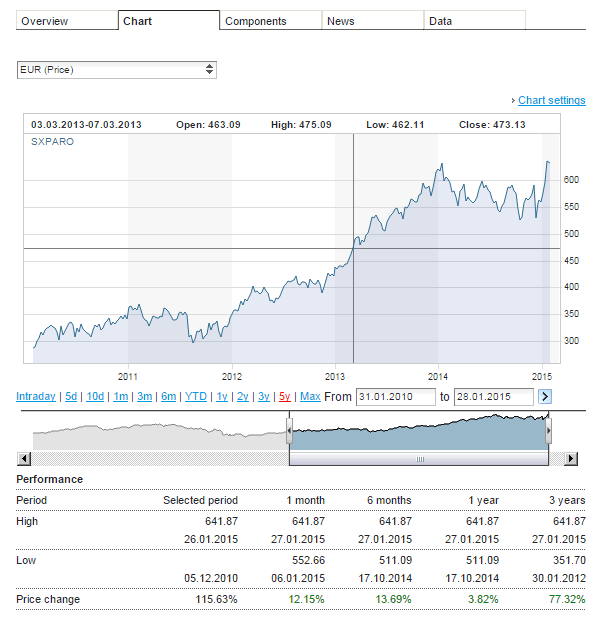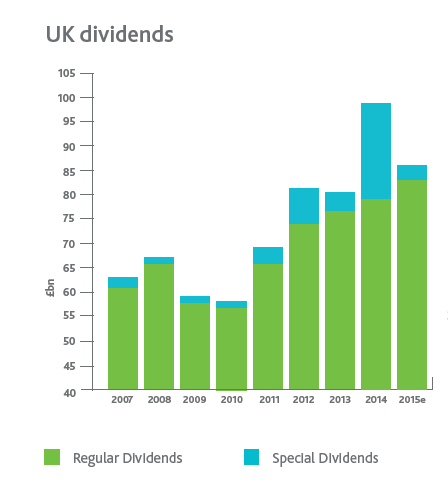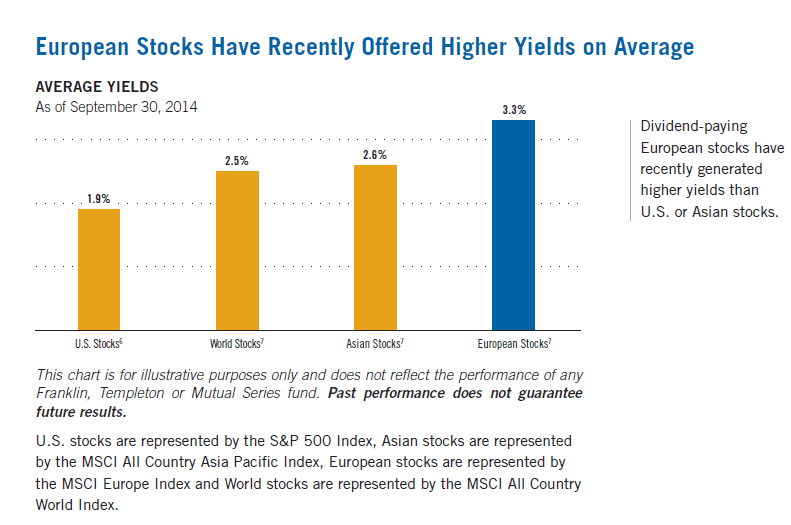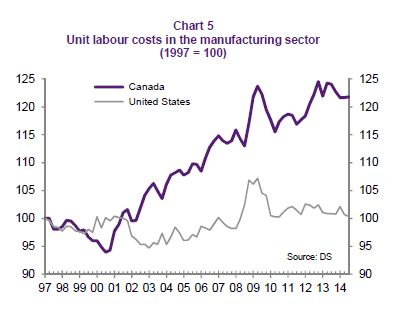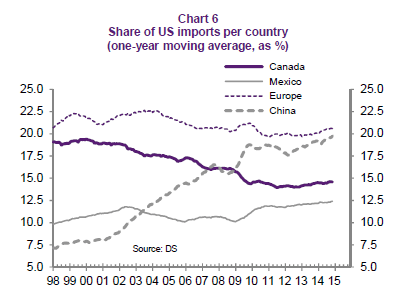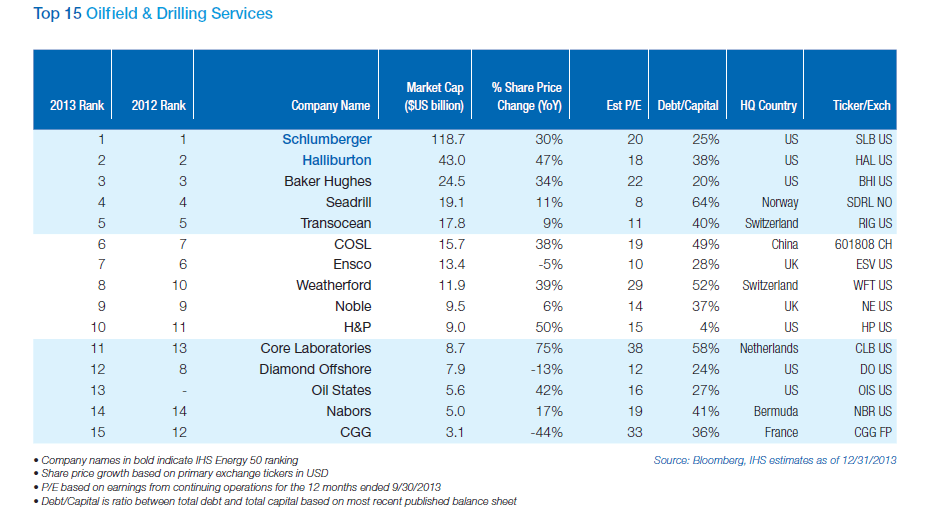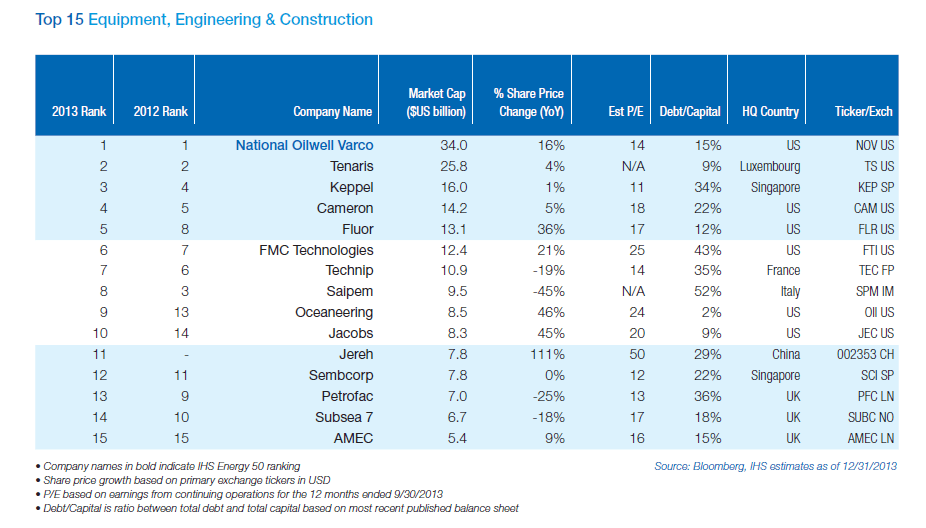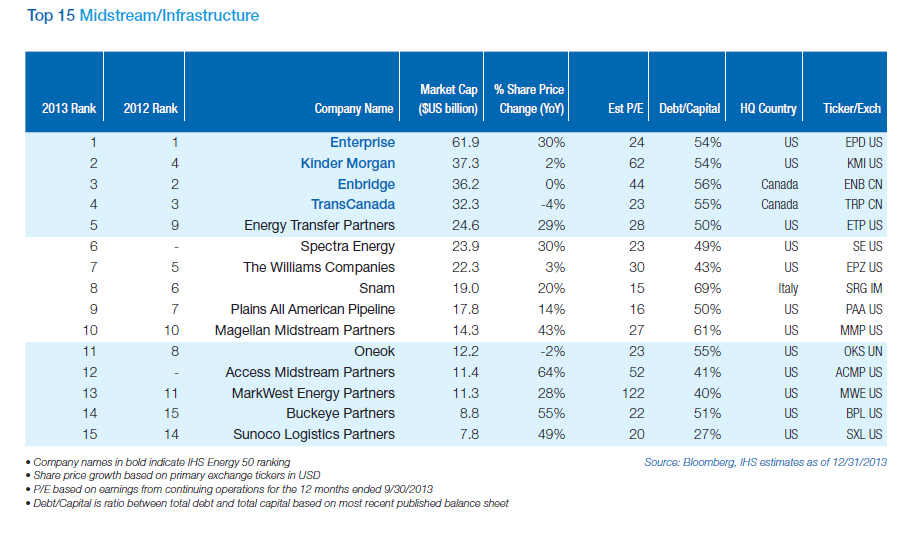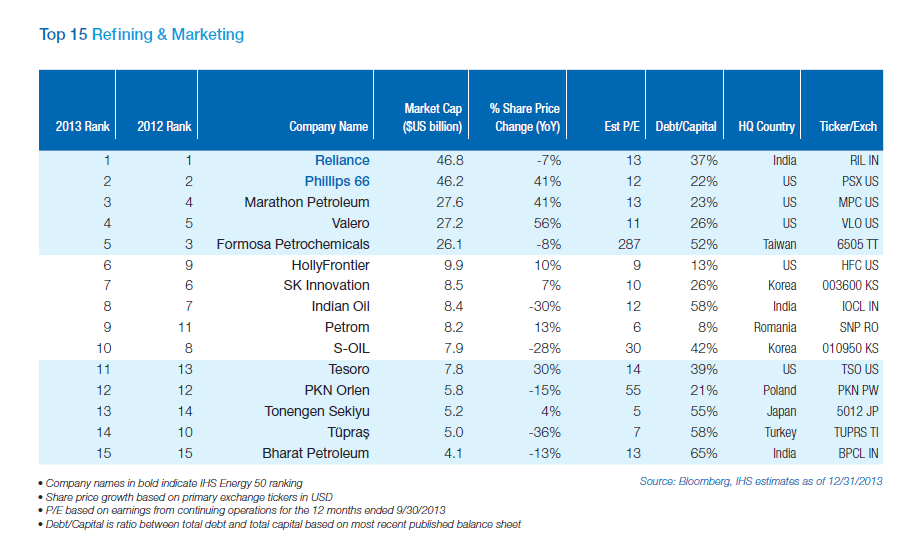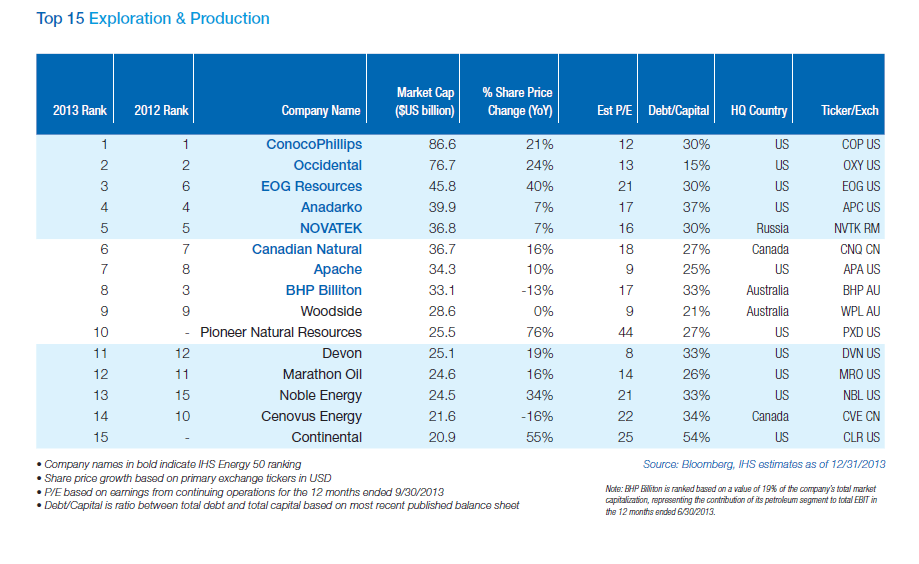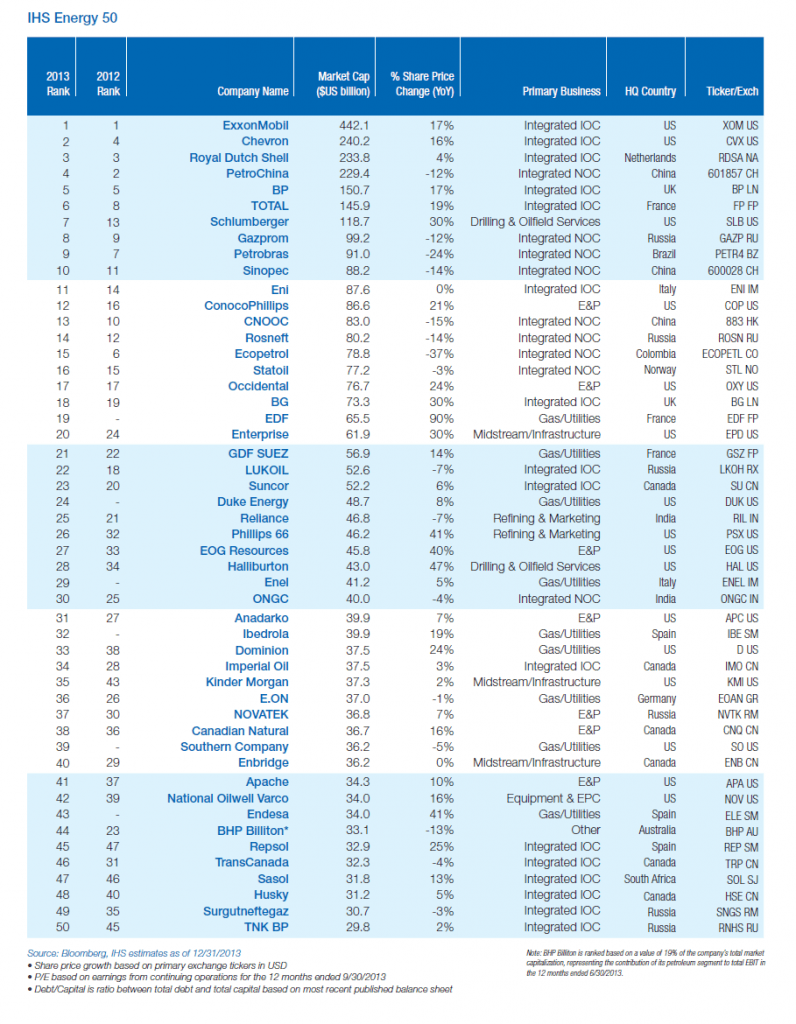The Aerospace & Defense industry is one of the important and growing industries in both the U.S. and European. Despite budget cutbacks in the U.S. stocks in the industry have done extremely well in the past few years.Similarly European defense companies have also performed well in recent years. Though countries in Europe spend far less than the U.S. on defense, the industry gets top priority when it comes to budget allocations for obvious reasons. In addition, the recent terrorist attack in France are sure to lead governments to spend more funds on military and surveillance operations.This will benefit the companies operating in the industry.
Europe-based defense firms are also big players in the U.S. market.For example, UK’s BAE Systems(BAESY) competes with Boeing, Lockheed Martin and others for Pentagon contracts.
The STOXX® Europe TMI Aerospace & Defense Index is composed of the major 15 firms in the industry. The index is has more than doubled in the past five years in Euro price terms as the chart shows below.So far this year the index is up by nearly 12%.
Click to enlarge
Source: STOXX
Of the 15 components in the index, 13 trade on the US OTC markets. They are listed below with their current dividend yields:
1.Company: Airbus (EADSY)
Current Dividend Yield: 1.82%
Country: The Netherlands
2.Company: BAE Systems (BAESY)
Current Dividend Yield: 4.30%
Country:UK
3.Company: Chemring Group (CMGMY)
Current Dividend Yield: 2.90%
Country: UK
4.Company: Cobham (CBHMY)
Current Dividend Yield: 4.03%
Country: UK
5.Company: Finmeccanica (FINMY)
Current Dividend Yield: Dividends not paid
Country:Italy
6.Company: Meggitt (MEGGY)
Current Dividend Yield: 2.62%
Country: UK
7.Company: MTU Aero Engines (MTUAY)
Current Dividend Yield: 1.99%
Country: Germany
8.Company: Qinetiq Group (QNTQY)
Current Dividend Yield: 2.63%
Country: UK
9.Company: Rolls-Royce (RYCEY)
Current Dividend Yield: 2.71%
Country: UK
10.Company: Safran (SAFRY)
Current Dividend Yield: 2.32%
Country: France
11.Company: Thales (THLEY)
Current Dividend Yield: 2.90%
Country: France
12.Company: Ultra Electronics (UEHPY)
Current Dividend Yield: 2.60%
Country: UK
13.Company: Zodiac Aerospace (ZODFY)
Current Dividend Yield: 1.07%
Country:France
SAAB and Senior do not trade on the US markets.
Note: Dividend yields noted above are as of Jan 28, 2015. Data is known to be accurate from sources used.Please use your own due diligence before making any investment decisions.
Disclosure: Long SAFRY
